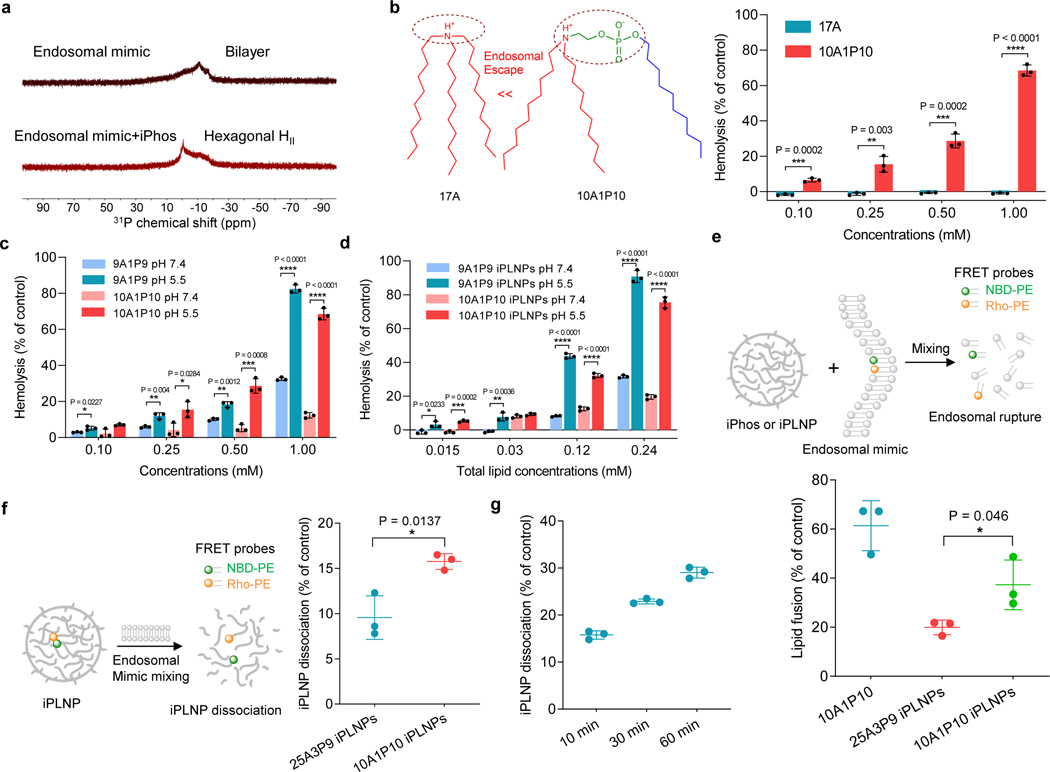Fig. 3 ǀ. Model membrane studies of endosomal escape demonstrated the mechanism of iPhos lipid-mediated RNA delivery with correlation to chemical structure.
a, 31P NMR spectra of endosomal mimic and a mixture of endosomal mimic with iPhos 9A1P9. iPhos lipid mixing induced membrane hexagonal HII transformation. b, Hemolysis of 17A and 10A1P10 at pH 5.5. The zwitterion could significantly benefit the endosomal escape. c, Hemolysis of 9A1P9 and 10A1P10 at different pHs. d, Hemolysis of iPLNPs at different pHs. e, Lipid fusion and membrane rupture of 10A1P10 and iPLNPs were determined by a FRET assay at pH 5.5. f, iPLNP dissociation by FRET characterization after mixing with anionic endosomal mimics for 10 min at pH 5.5. A single zwitterion showed higher lipid fusion and iPLNP dissociation efficacy than multiple zwitterions. g, 10A1P10 iPLNP dissociation of different time intervals at pH 5.5. Data in b-g are presented as mean ± s.d. (n = 3 biologically independent samples). Statistical significance was analyzed by the two-tailed unpaired t-test: ****, P < 0.0001; ***, P < 0.001; **, P < 0.01; *, P < 0.05.

